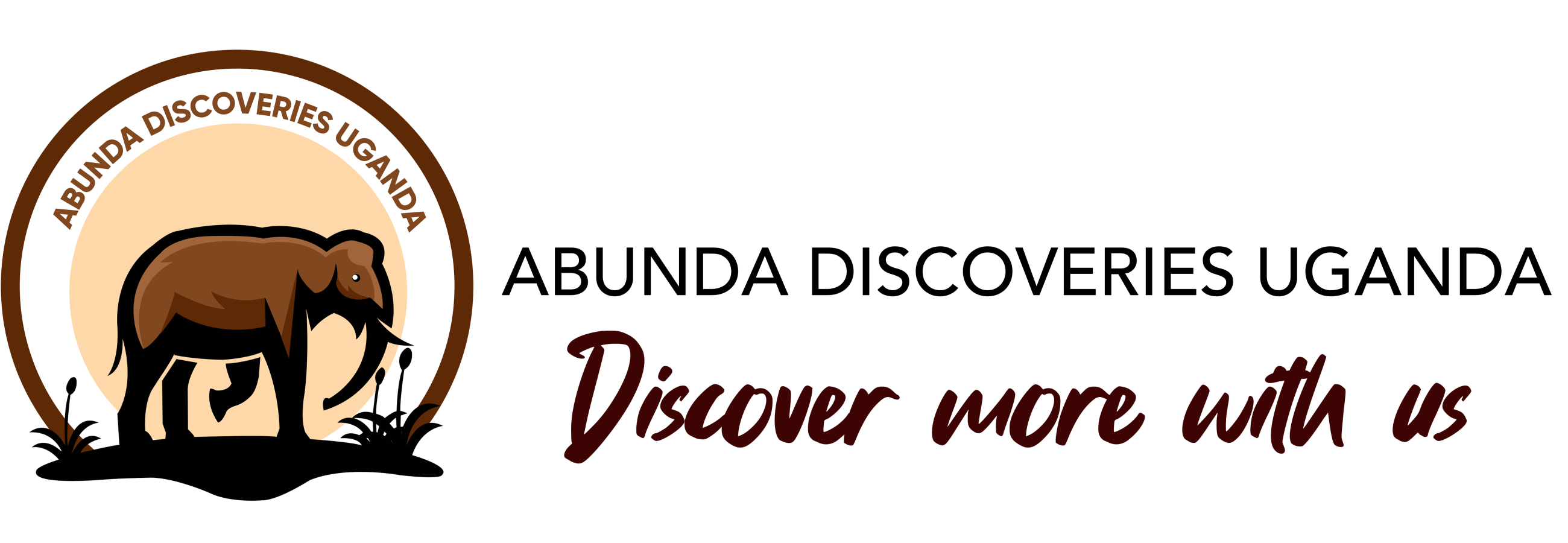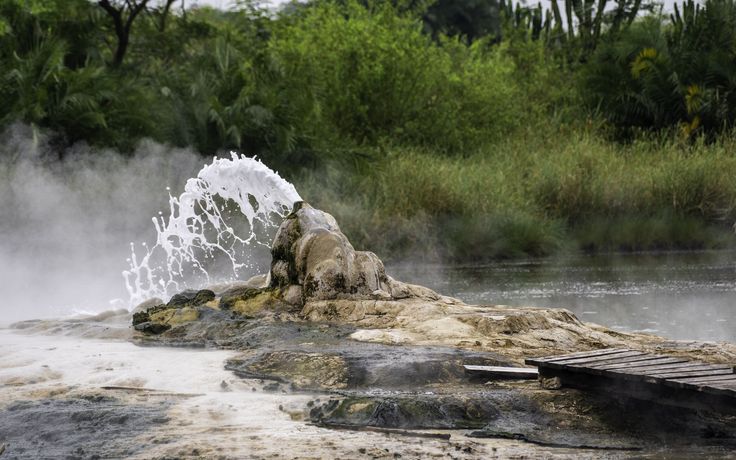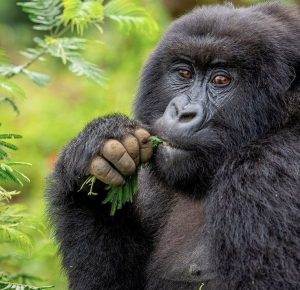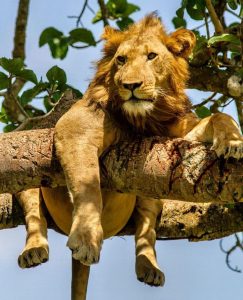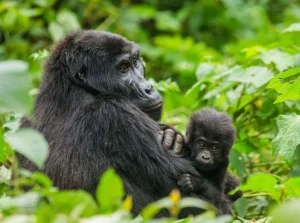What is special about the hot springs in Semuliki National Park?
The Semuliki National Park Hot Springs stand out as one of Uganda’s most fascinating natural attractions. They are unique geothermal features located deep in the Albertine Rift Valley, and they attract thousands of visitors every year. The springs continuously bubble and emit jets of boiling water, creating spectacular steam clouds that can be seen from a distance. Unlike many hot springs elsewhere, these springs have cultural, ecological, and geological importance that makes them a central highlight of a visit to Semuliki National Park. Their steaming geysers, mineral-rich pools, and surrounding wildlife habitats make them a must-see destination.
Where is Semuliki National Park located?
Semuliki National Park lies in western Uganda, in Bundibugyo District, along the border with the Democratic Republic of Congo. The park is part of the extensive Ituri rainforest ecosystem, which stretches across Central Africa. Its location in the Albertine Rift gives it a remarkable blend of landscapes, from lowland tropical forests to savannah woodlands. The park covers 220 square kilometers and sits within the Semliki Valley, at the base of the Rwenzori Mountains. Access to the park is usually through Fort Portal, a major tourism hub in Uganda that serves as the gateway to western safari destinations.
How were the Semuliki Hot Springs formed?
The Semuliki Hot Springs formed due to intense geothermal activity in the Albertine Rift. This tectonic region is characterized by underground volcanic forces that heat water reservoirs. The heated underground water is then forced to the surface, where it erupts as hot springs and geysers. The geological processes shaping these springs have been active for thousands of years, and the continuous activity keeps them boiling. The combination of Rift Valley faulting, volcanic activity, and underground pressure creates the conditions that sustain the springs today.
What are the two main hot springs in Semuliki National Park?
There are two main hot springs inside the park: the Male Hot Spring (Bintente) and the Female Hot Spring (Nyasimbi). The Male Hot Spring forms a broad pool of hot water, while the Female Hot Spring is more dramatic, erupting with boiling water that shoots several meters into the air. Both springs are linked to cultural traditions and are surrounded by smaller hot pools and bubbling waterholes. Tourists usually visit both springs on guided nature walks, which highlight their geological significance and the myths attached to them.
How hot are the Semuliki Hot Springs?
The Semuliki Hot Springs are extremely hot, with temperatures reaching over 100 degrees Celsius at the main geyser. The steam rising from the hot springs is intense, and the bubbling water is capable of cooking food in minutes. Visitors are often amazed at how quickly eggs or bananas cook when placed in the boiling waters. This natural demonstration of geothermal heat makes the springs both a scientific wonder and a unique tourist activity.
Can you cook food in the Semuliki Hot Springs?
Yes, visitors can cook food in the Semuliki Hot Springs. Local guides often demonstrate by placing eggs or bananas in the boiling water, which cook within a few minutes. This unusual activity has become one of the highlights of a visit to the springs. However, direct bathing or swimming in the springs is strictly prohibited due to their extreme temperatures, which can cause severe burns. Instead, the springs are admired from designated viewing points, with cooking demonstrations serving as a safe and interactive way to experience their power.
What cultural significance do the Semuliki Hot Springs hold?
The hot springs have deep cultural significance among local communities. The Bamba people, who inhabit the region, regard the springs as sacred and believe they are protected by ancestral spirits. Traditionally, rituals and sacrifices were performed at the Female Hot Spring (Nyasimbi) to seek blessings, fertility, and protection. The springs are also embedded in oral traditions that explain their origins through mythological stories. Today, while many communities maintain their cultural respect for the springs, they also recognize their importance as a tourism and conservation attraction.
What wildlife can you see near the Semuliki Hot Springs?
Wildlife thrives around the hot springs, thanks to the rich forest ecosystem of Semuliki National Park. Tourists visiting the springs often encounter primates such as olive baboons, red-tailed monkeys, and black-and-white colobus monkeys. Elephants, buffaloes, and antelopes also move through the park, especially in the savannah sections. Birdlife around the springs is diverse, with species like hornbills, kingfishers, and forest-dwelling rarities frequently spotted. The springs thus combine both geological wonder and ecological richness, making them a hotspot for nature enthusiasts.
What is the best time to visit Semuliki National Park Hot Springs?
The best time to visit the hot springs is during the dry seasons, which run from June to September and December to February. During these months, trails leading to the springs are more accessible, and wildlife viewing is easier. While the springs can be visited year-round, heavy rains between March and May, and again in October and November, can make the forest trails slippery and difficult to navigate. Planning a visit during the dry season ensures a smoother and safer experience.
How do you get to Semuliki National Park Hot Springs?
Travelers usually reach Semuliki National Park via Fort Portal, which is about 50 kilometers away. From Kampala, Uganda’s capital, it takes approximately 6–7 hours by road to reach Fort Portal, followed by another 2 hours to the park. The park is accessible by both private vehicles and tour company transport, with roads passing through scenic landscapes, tea plantations, and views of the Rwenzori Mountains. For travelers seeking faster access, chartered flights from Entebbe or Kajjansi Airstrip to nearby airstrips can also be arranged.
What activities can tourists do in Semuliki National Park besides visiting the hot springs?
In addition to visiting the hot springs, Semuliki National Park offers bird watching, primate tracking, forest walks, and cultural encounters. The park is one of the top birding destinations in Uganda, with over 400 recorded species, including the rare shoebill stork and Congo biome species. Primate tracking allows tourists to observe chimpanzees, baboons, and various monkey species. Guided nature walks lead visitors through dense forests, while cultural visits to Bamba and Batwa communities provide insights into traditional lifestyles.
Is Semuliki National Park safe for tourists?
Yes, Semuliki National Park is safe for tourists. Uganda Wildlife Authority rangers patrol the park, and guided tours ensure visitors remain safe during activities. The trails to the hot springs are well-maintained and supervised by guides who provide safety instructions. While wild animals live in the park, visitors are escorted and protected during walks. Tourists are advised to follow park rules, stay with their guides, and avoid venturing into restricted areas.
What accommodation is available near Semuliki National Park?
Accommodation options near Semuliki National Park range from lodges to campsites. Visitors can stay at Semuliki Safari Lodge, which offers luxury tented accommodation, or at more budget-friendly guesthouses in Bundibugyo and Fort Portal. Camping is also possible for adventurous travelers, with designated sites available around the park. Many tourists choose to base themselves in Fort Portal, where a wider variety of hotels and lodges are available, and then make day trips to the park.
What entrance fees apply to Semuliki National Park?
The entrance fees to Semuliki National Park are set by the Uganda Wildlife Authority. International adult visitors typically pay around USD 35, while East African citizens and residents pay a reduced rate. Children and students receive discounted rates. Additional fees may apply for guided walks, vehicle entry, and other activities. Entrance fees contribute to the conservation of the park and the maintenance of facilities, ensuring the hot springs and wildlife habitats remain protected for future generations.
Why are the Semuliki Hot Springs a major tourist attraction in Uganda?
The Semuliki Hot Springs are a major attraction because they combine geological wonder, cultural heritage, and ecological diversity in one destination. Few places in Uganda offer such a rare natural feature with boiling geysers, dramatic steam jets, and mineral deposits. Their cultural stories add depth to the experience, while the surrounding wildlife and birdlife enhance the park’s appeal. As part of the greater Semuliki ecosystem, the springs serve as a gateway to both Uganda’s natural and cultural richness, making them a must-see on any Ugandan safari itinerary.
